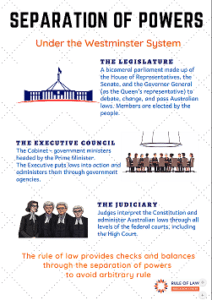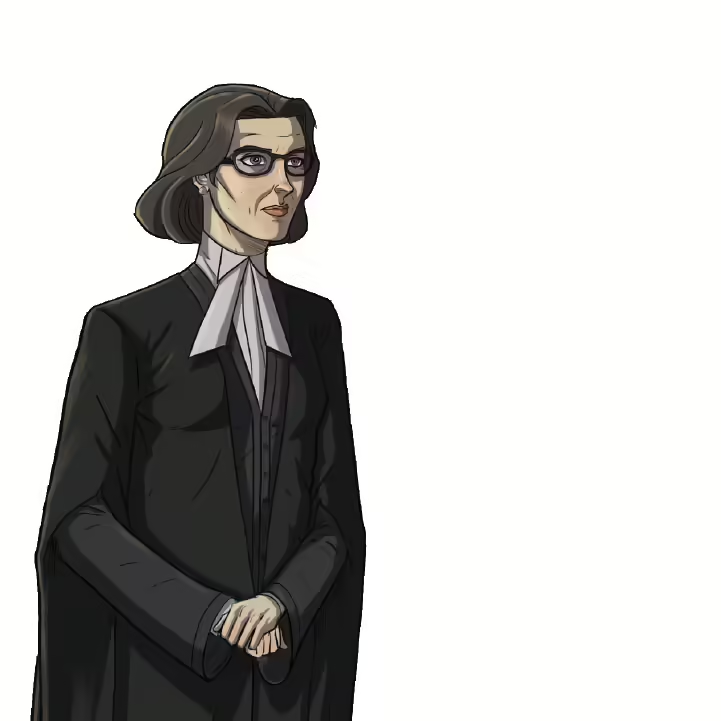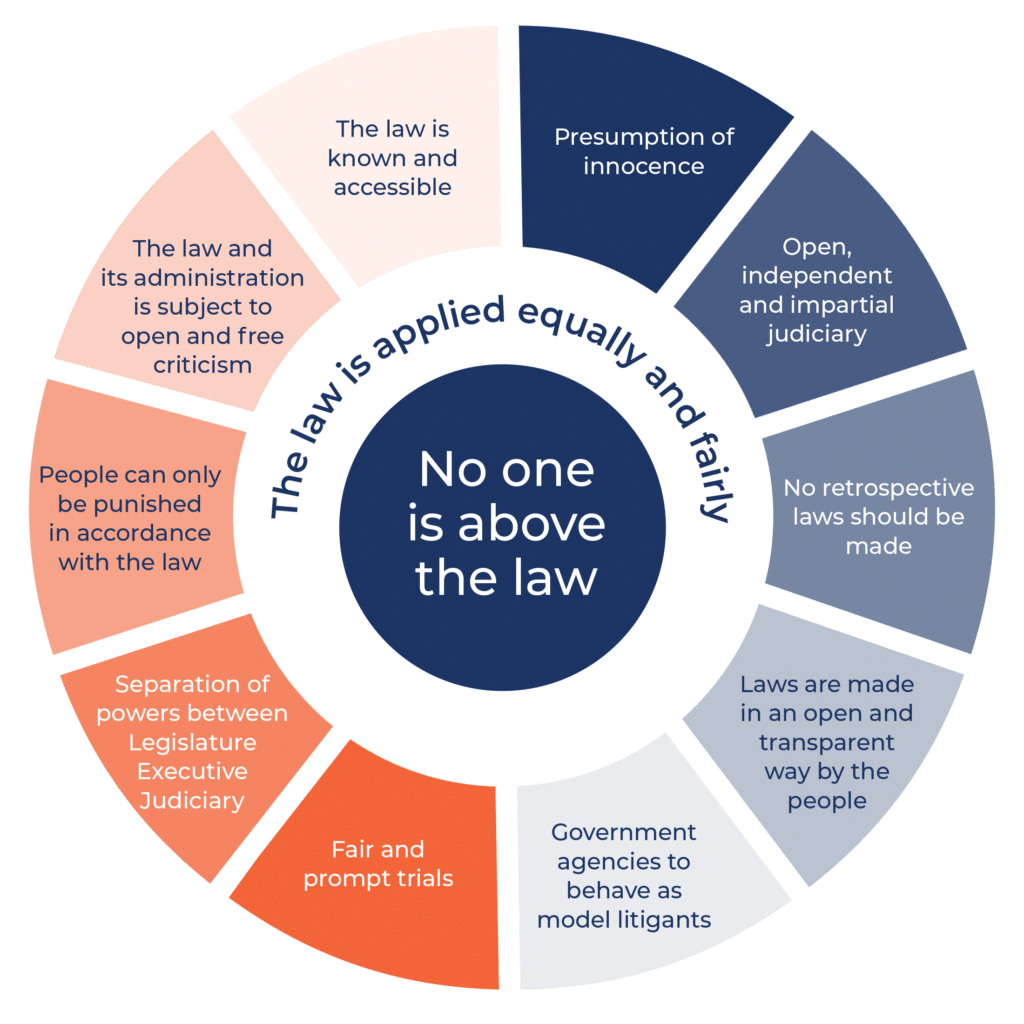High Court Appointments
Chris Merritt, vice President of the Rule of Law Institute has written an insightful article for the Australian Newspaper on the recent High Court Appointments and the rule of law in Australia.
A full text version of the article can be found on the Rule of Law Institute of Australia’s website. Click here
In his article Chris outlines some key areas:
1. How are appointments to the High Court made?
Under Australia’s system, the executive branch of government has exclusive responsibility for High Court appointments. There are no US-style confirmation hearings and despite support in some quarters, Porter and Scott Morrison have declined to follow the example of Donald Trump who made public a list of legal conservatives being considered for the US federal judiciary.
The Americans know quite a lot about their latest Supreme Court judge, Amy Coney Barrett, who was on the list. But Australians know only the barest details about two of the people who will now be responsible for upholding the rule of law. They also know nothing of substance about the selection process.
High Court appointments are officially made by cabinet after a selection process overseen by the Attorney-General.
2. Will these appointments be “legal conservatives”?
Those who claim to know that Gleeson and Steward will shift the court to the “right” are, to be put it mildly, confused. Legal conservatives who adhere to the original meaning of the Constitution and the plain meaning of the text of statutes are not necessarily the same as political conservatives who vote for the Coalition.
Legal conservatives might even vote Green.
In a rational world, federal Labor would be among the most prominent proponents of legal conservatism. This concept prevents the meaning of laws enacted by parliament from being changed by activist judges — regardless of whether those laws are passed by Labor governments or the Coalition.
Legal activism, on the other hand, has nothing to do with left-wing politics. It is an anti-democratic ideology that undermines the rule of law, breaches the separation of powers and threatens the supremacy of parliament.
3. Why is it important that the appointments are “legal conservatives” and not “activist judges”?
[In February 2020, the High Court decided] that parliament’s power to deport criminal aliens does not extend to foreigners who have Aboriginal ancestry.
[Legal Conservatives would] reject the idea of race-based exceptions to the federal government’s constitutional powers.
In 2003, the former Chief Justice was one of the contributors to a series of essays on the rule of law, along with the late US Supreme Court judge Ruth Bader Ginsberg.
He endorsed Ginsberg’s call for judicial “restraint, economy, prudence, respect for other agencies of decision … reasoned judgment, and, above all, fidelity to the law”.
The former Chief Justice wrote that restraint and discipline were sources of strength, not weakness, for the judicial branch of government.
“Judicial prestige and authority are at their greatest when the judiciary is seen by the community, and other branches of government, to conform to the discipline of the law which it administers … Public confidence demands that the rule of law be respected, above all, by the judiciary,” he wrote.
Further Reading
The Australian Newspaper :High Court’s racist ruling is a low blow to equality and democracy
Law Society Journal: Opinions on High
The Rule of Law Series: Courts and the Rule of Law
Separation of Power

Anarchy Classroom Posters




